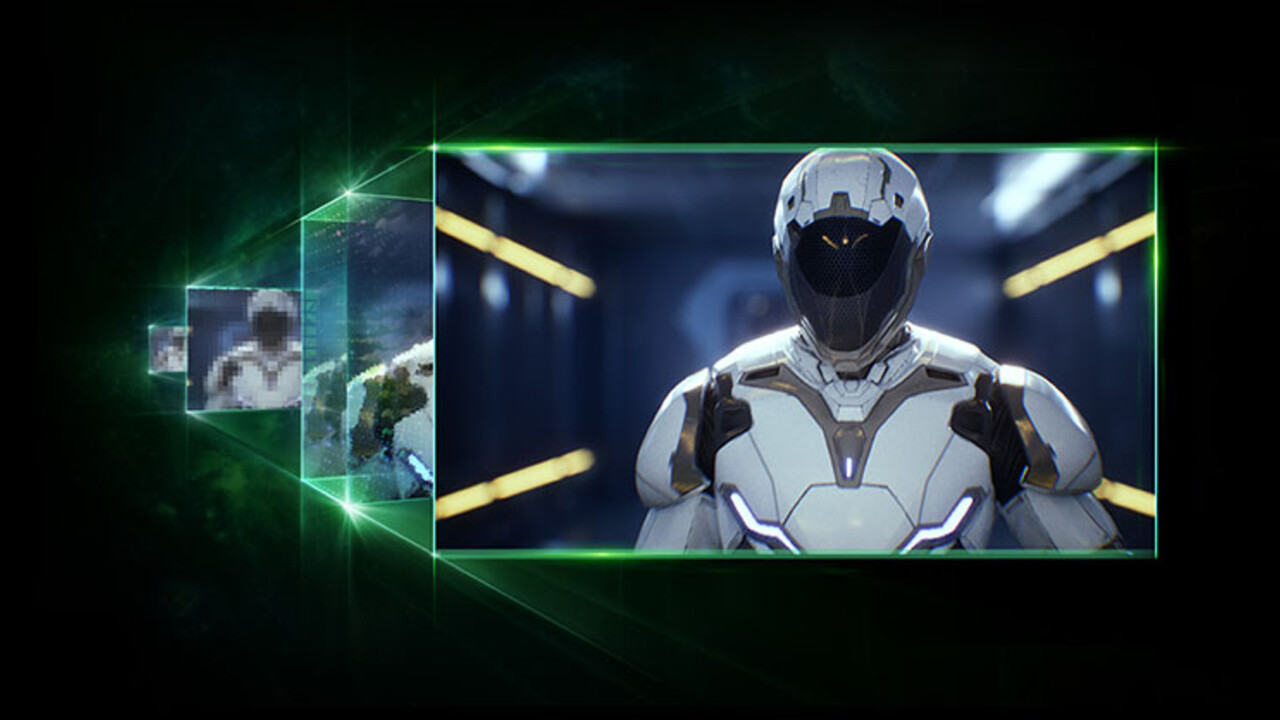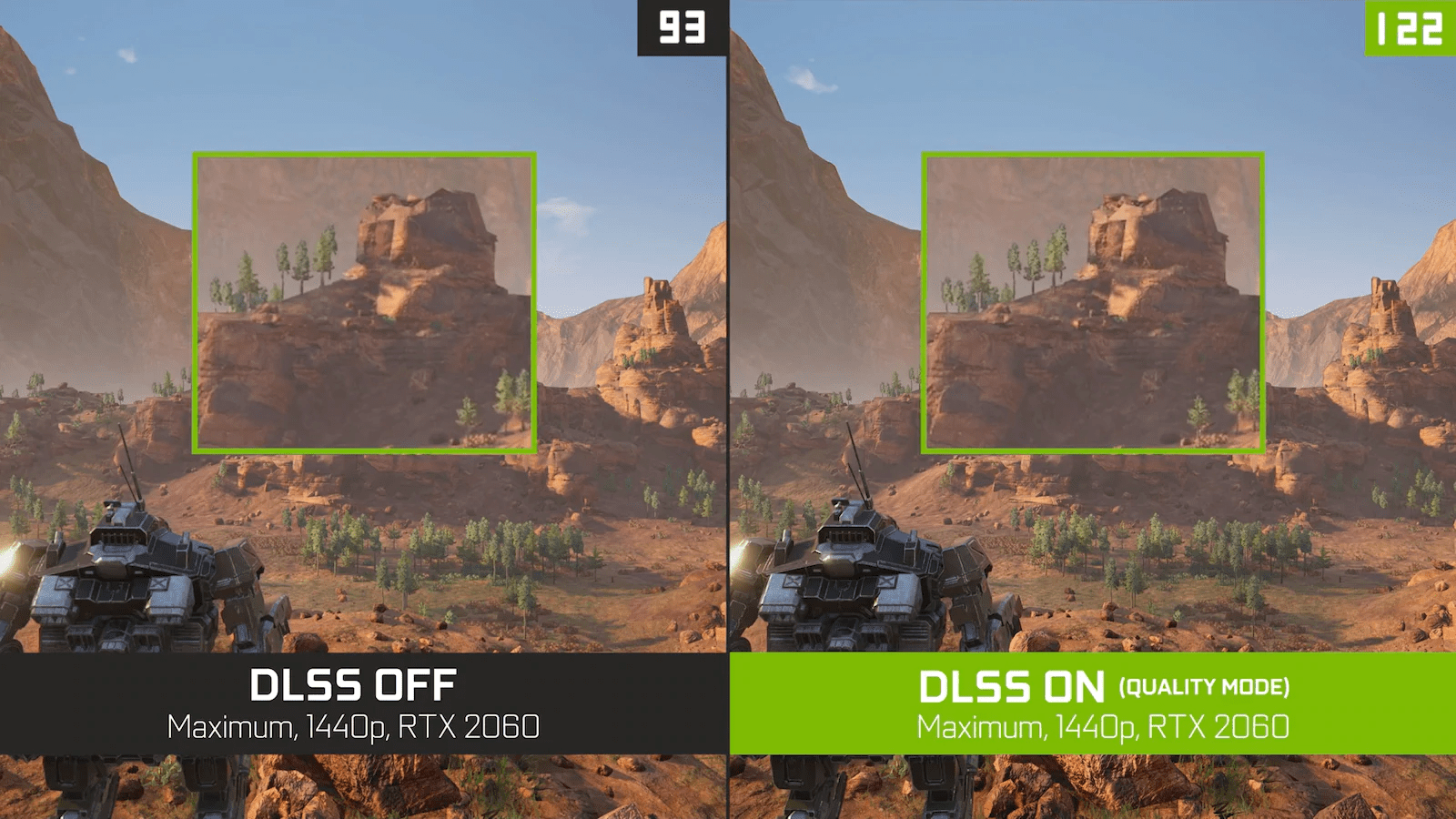Deep Learning Super Sampling: Unreal Engine 4 unterstützt Nvidia DLSS jetzt nativ

Über ein neues Plugin unterstützt die Unreal Engine 4 von Epic Games das KI-basierte Upsampling Nvidia DLSS 2.0 (Test) auf GeForce-RTX-Grafikkarten jetzt nativ und kann somit von Spielentwicklern leichter direkt in ihre Spiele implementiert werden.
Plugin macht Unreal Engine 4 startklar für DLSS 2.0
Für Entwickler steht zu diesem Zweck das Nvidia DLSS Plugin for UE 4.26 auf der Developer-Website bereits in einer überarbeiteten und fehlerbereinigten Hotfix-Version als Archiv (ZIP) bereit. Vorausgesetzt werden der Grafiktreiber Nvidia GeForce 461.40 WHQL und Windows 10 in 64 Bit.
Im Rahmen einer entsprechenden Ankündigung beantwortet Epic Games zudem Fragen zum neuen DLSS-Code-Plugin und nennt alle weiteren Details:
- Fully integrated into the Unreal Editor UI
- Includes Blueprint library for seamless integration of DLSS into application logic
- Support for packaged projects as well as for Editor focused workflows
- Supported Development Platforms: Windows 64-bit
- Supported Target Build Platforms: Windows 64-bit
- Supported RHIs: VulkanRHI, D3D11RHI, D3D12RHI
- Minimum Driver Requirement: NVIDIA GameReady Driver 461.40. Grab the latest driver from nvidia.com.
- Example Project: NGXTest Sample Project on GitHub
Weitere Informationen liefert der Nvidia Unreal Engine DLSS Plugin Guide (PDF) sowie Nvidias Projektseite auf der Entwicklerplattform GitHub.
Auch die Unreal Engine 4.25 unterstützt jetzt DLSS
In der Zwischenzeit hat Nvidia in einer Pressemitteilung bekanntgegeben, dass neben der Version 4.26.1 auch die Version 4.25 ab sofort DLSS und Reflex (Test) unterstützt.
Nvidia selbst bietet in dem Zusammenhang auch entsprechend angepasste Versionen der Game-Engine zum Download an, welche die folgenden Optimierungen bieten:
- Additional Features
- Fixes for instanced static mesh culling (including foliage)
- Option to mark ray tracing data as high-priority to the memory manager to avoid poor placement of data in memory overflow conditions
- Introduced threshold for recomputing ray tracing representation for landscape tiles
- Compatibility fixes for building certain targets
- Inexact occlusion test support for shadows and ambient occlusion
Zudem bietet Nvidia auch die entsprechenden SDKs und Entwickler-Tools zum Download an.




